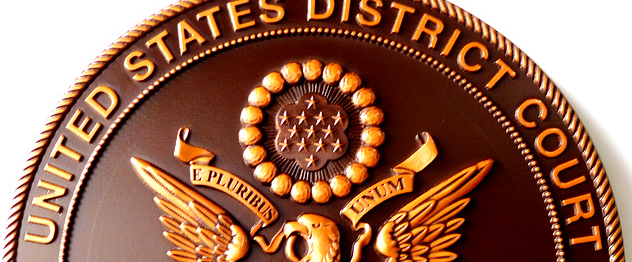Using information obtained from the New York Times, Real Clear Politics, state websites, and the Center for Responsive Politics, we were able examine the amount of independent spending against 2010 House incumbents in order to see if there is a correlation between independent spending and the competitiveness of campaigns. We compared spending against incumbents who won re-election with spending against those who were defeated in all House general election races where incumbents sought re-election, and then focused specifically on races where seats were considered vulnerable during the general election.
We found a strong positive correlation between the amount of independent expenditures against a candidate and the likelihood that a candidate would lose. Controlling for candidate vulnerability as predicted by Real Clear Politics, the correlation was maintained.
Our spending data comes from www.opensecrets.org and is categorized as all general election outside spending (including independent expenditures and electioneering communications as well as communication costs) by independent groups such as super PACs, 527’s, and party committees.
The 54 incumbents who were defeated in 2010 had an average of $907,000 spent against them and $211,000 spent in their favor; the 340 incumbents who retained their seats had an average of $75,000 spent against them and $38,000 spent in their favor. This indicates a more than ten-fold increase in average spending against candidates who lost in the general election versus those who did not.
While we wish to stress that this doesn’t prove that independent spending has been decisive in removing House incumbents, this preliminary analysis does indicate that independent spenders are focusing money against vulnerable incumbents, and may be a useful tool in reducing congress’s very high incumbency rate.














